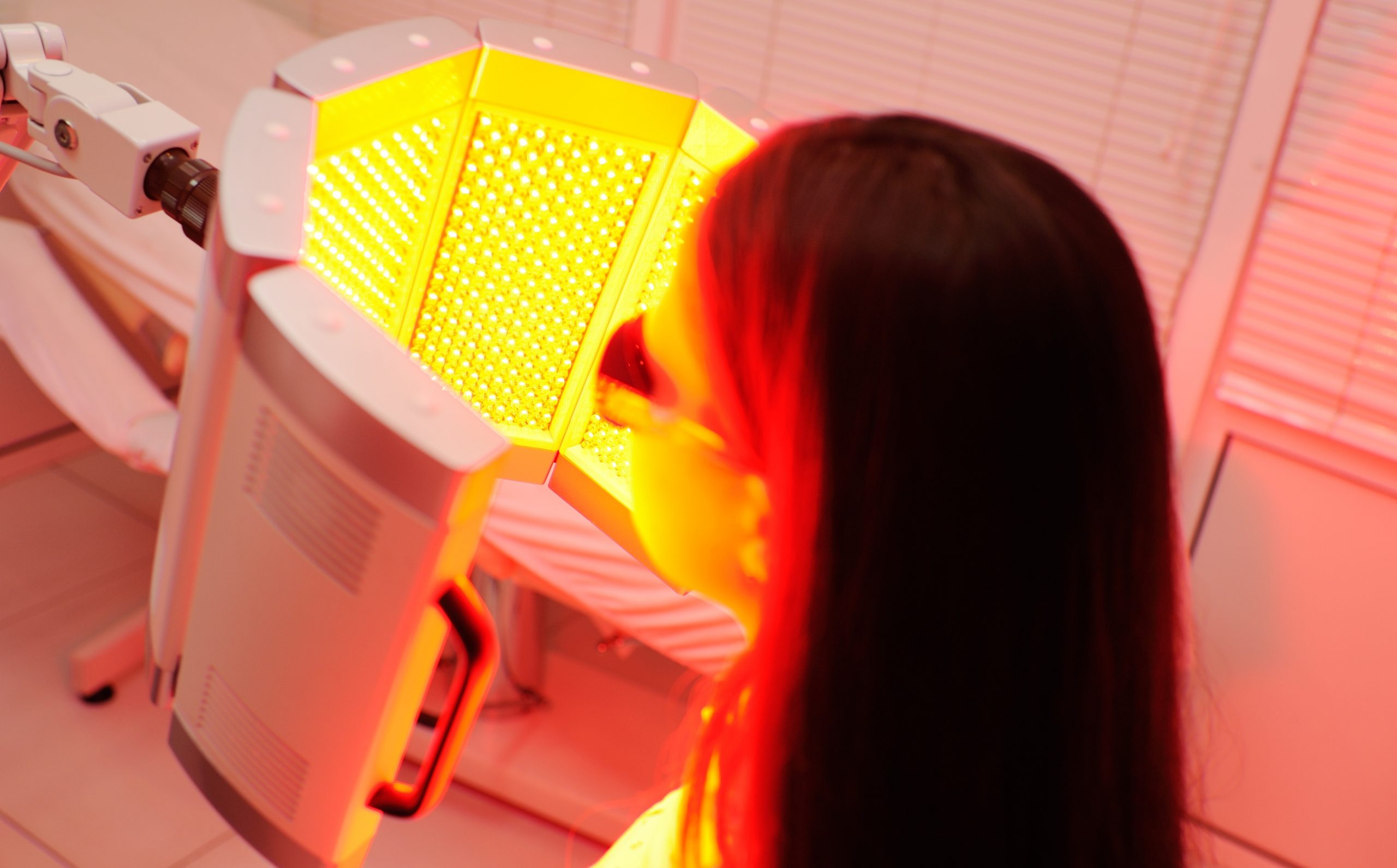
Light therapy, also called phototherapy, is a type of treatment that utilizes artificial light to help treat various health issues and conditions. The procedure involves sitting or staying near a box or device that emits bright ultraviolet (UV) light, mimicking the natural light you can get from the sun or in an outdoor setting. The treatment has been around for decades and is thought to be effective in treating different disorders in adults and children.
You may be considering trying phototherapy for your child because of several reasons. It could be that their doctor recommended the treatment, or it may also be because you’ve done your research and found out that there are fewer potential side effects from the procedure. Compared to invasive treatments and procedures, light therapy may be a safer option for your child, depending on their health problems.
But, apart from your research, there are still several other things about light therapy for children that you need to be aware of. Having such information can significantly help understand what the treatment entails and how you can better prepare your kid for it. Some of these things you should know about include the following:
Light Therapy May Be Used For Various Conditions
You may not know it yet, but light therapy is used for various health concerns and conditions. High-powered UV rays may help in alleviating several skin conditions in both adults and children, including dermatitis, psoriasis, acne vulgaris, vitiligo, and eczema. Light therapy can provide relief by helping the skin produce more vitamin D, which plays an integral role in the metabolism, repair, and growth of skin cells, thus, contributing to skin rejuvenation and protection.
To add, here are other conditions in children that could benefit from phototherapy:
- Childhood depression
- Eating disorders
- Sleep-onset insomnia
- Pediatric seasonal affective disorder (SAD)
- Mood disorders
Another condition that light therapy may help address is canker sores, which are one of the most common causes of white spots on gums. The sores are white and shallow lesions that can occur inside your kid’s mouth and lips. Although not a severe oral problem, canker sores may make it difficult for children to speak, eat, or even sleep. If you want to learn more about white spots on gums and what causes them, you may click this link.
There Are Different Devices Used For Light Therapy
Light therapy is done at clinics, doctors’ offices, or hospitals. In some cases, you may also do the treatment in the comfort of your own home. The therapy could utilize different devices, depending on the doctor’s recommendation. Your kid may use a handheld lamp or appliance that beams light at only one or a few parts of the skin at a time. There are also phototherapy units that are capable of treating a foot or hand.
For full-body treatments, you can choose from the different large panels or booths. Whichever device the doctor may recommend or require, make sure you’re aware of how to use them. That way, you can assist your child better and be of great help to nurses and attendants during the therapy.
You Need To Watch Out For Possible Side Effects
Like any medical treatments and therapy, light therapy may cause potential side effects to your child, and you need to watch out for them. The first session may make their skin itchy or red, but it shouldn’t be bad enough to cause the skin condition to flare up. If so, let the doctor know about it to decrease the amount of light from the therapy.
Other possible side effects include rash, tanning of the skin, and a reaction that’s similar to being sunburned. In some rare cases, light exposure may also cause the skin to age prematurely. If you’re worried about such side effects, be sure to talk to your pediatrician to discuss more your concerns. Additionally, don’t forget to commit to follow-up procedures and checkups to achieve the best results.
Phototherapy Doesn’t Always Involve UV Rays
Treatments involving phototherapy don’t always use UV rays. Depending on your kid’s condition, the therapy can also use ultraviolet A (UVA) and ultraviolet B (UVB) rays to achieve favorable results. UVA and UVB rays are often used to soothe inflamed and itchy skin, while narrowband UVB light therapy is used to treat eczema.
In special light therapy treatments, such as when treating jaundice in newborn babies, blue-green light rays are utilized. The beams help break up a yellowish pigment in the skin called bilirubin that’s causing the babies’ eyes and skin to turn yellow. When the extra bilirubin is broken up into smaller bits, their body will be able to absorb it, thus, making jaundice disappear.
Final Words
As a parent, it’s normal to be concerned or inquisitive upon hearing the doctor’s recommendation to try light therapy. To make sure you’re fully aware and prepared for what comes ahead, you may do your research and ask the doctor for clarifications. You may also use the list above as your reference.
Hey welcome to my blog . I am a modern women who love to share any tips on lifestyle, health, travel. Hope you join me in this journey!

Speak Your Mind